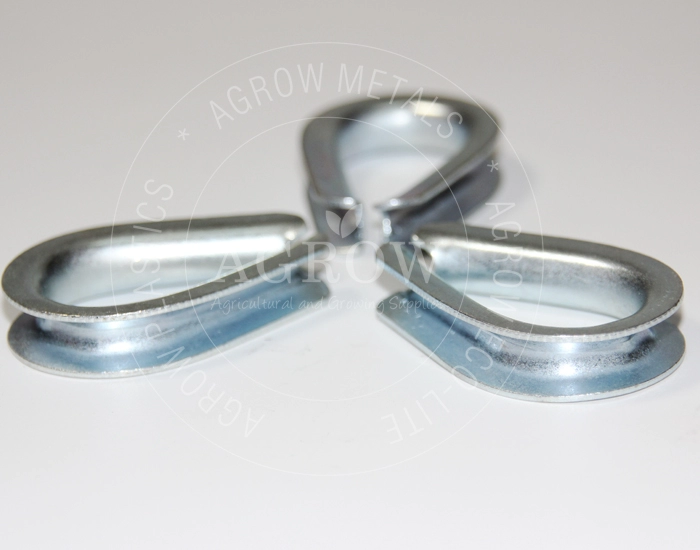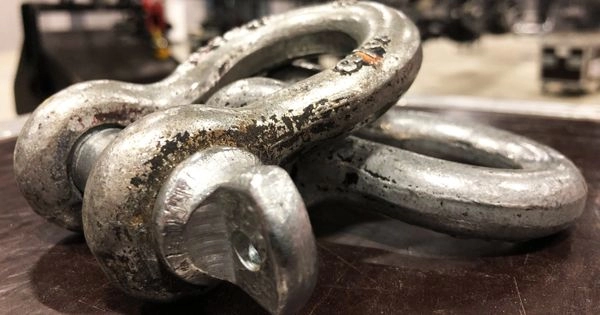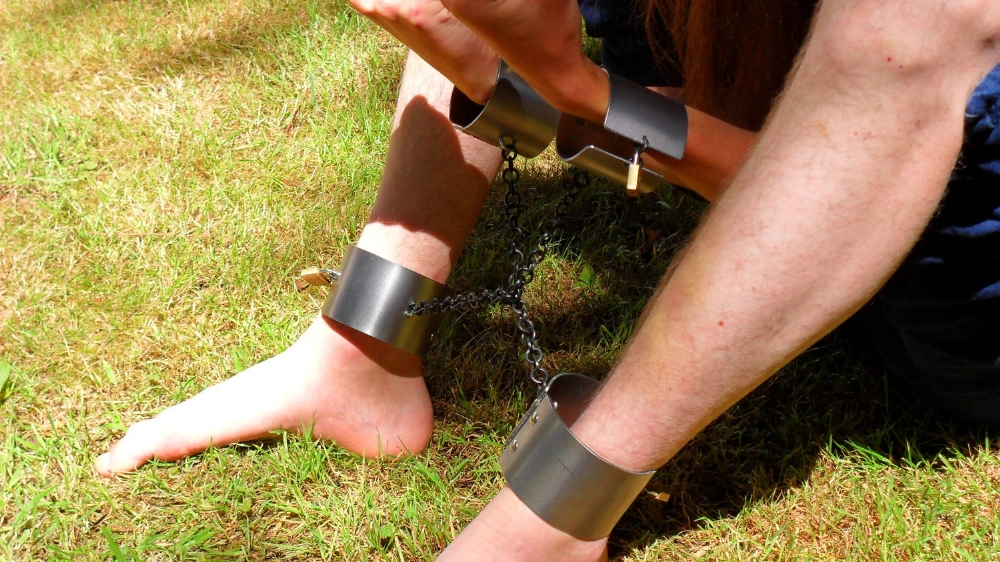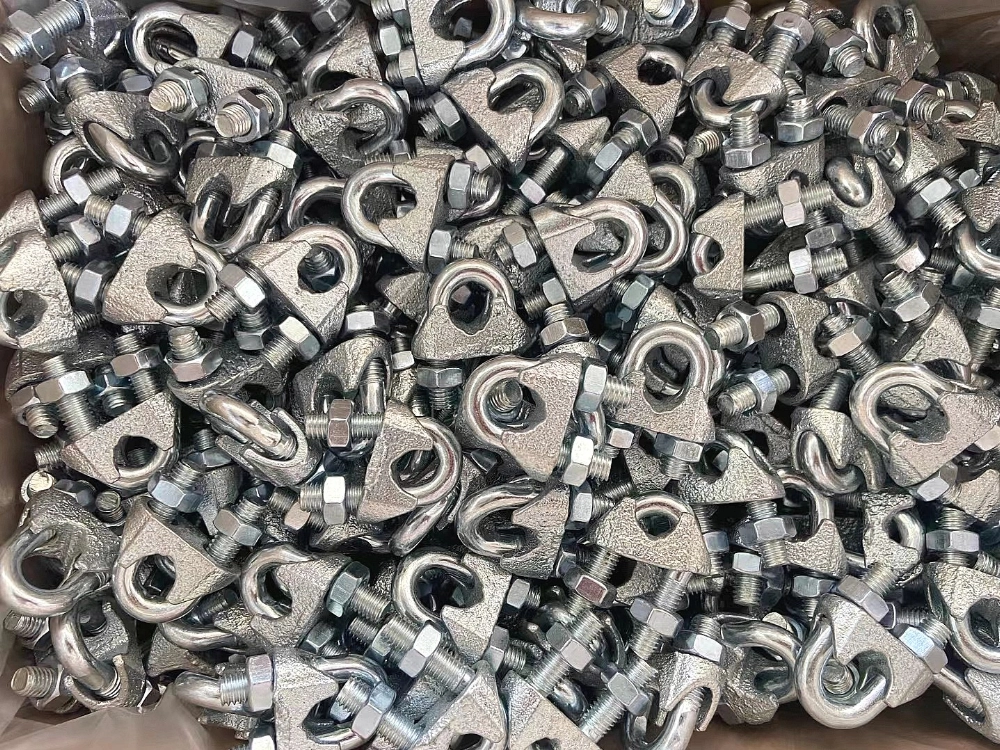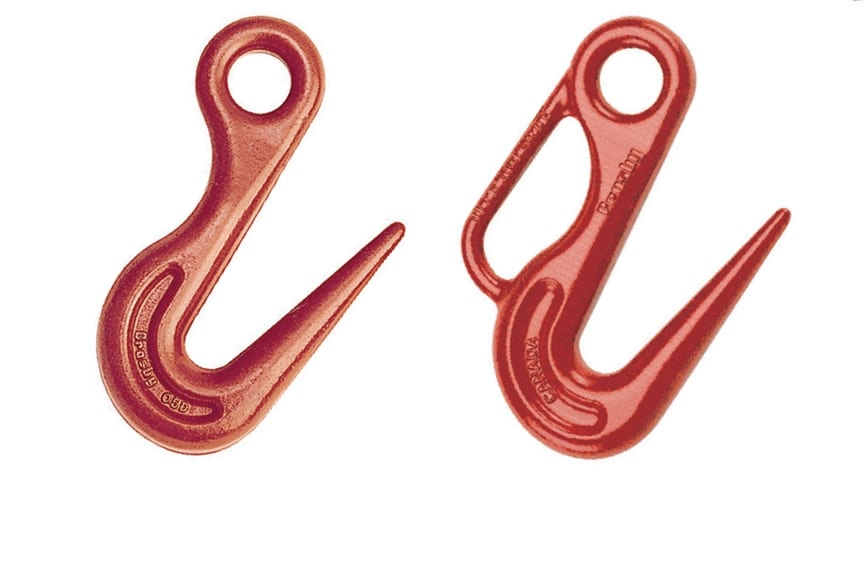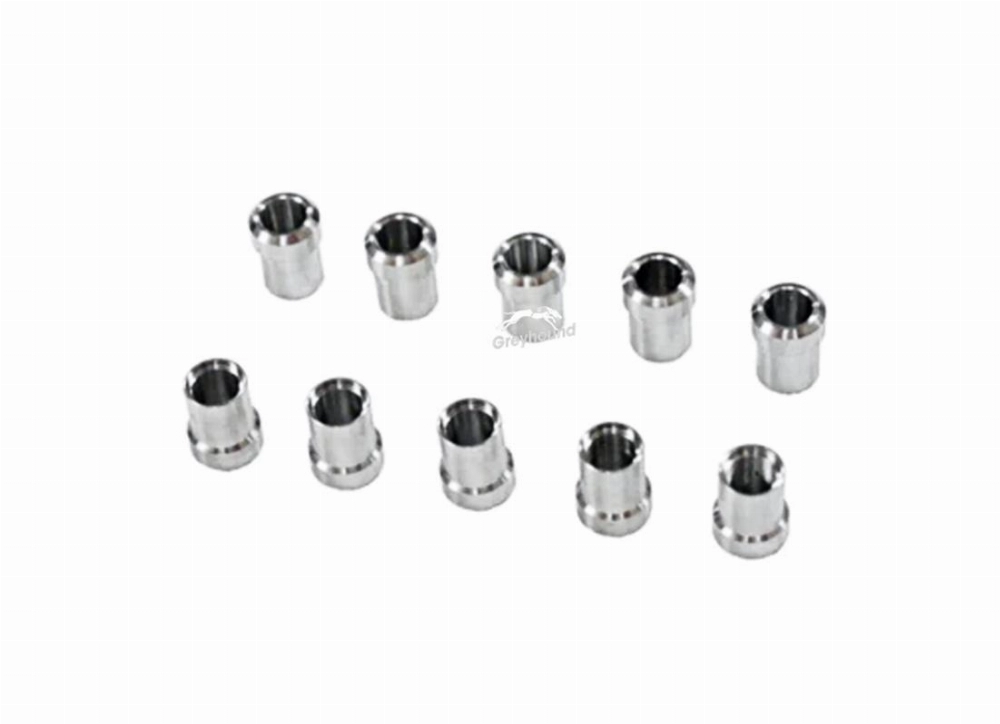Need help? Write to us info@hqlifting.com
- Charging Accessories
- Lifting accessories
- Steel Cable
- Beam cart
- Turnstile for load securing
- Load Ratchet Strap
- Lifting current
- Chain for Load Lifting
- Lifting equipment
- Slings
- Steel Cable Tensioner
- Polyester slingshot
- Load binders
- STEEL HOOK
- Steel Cable Clamp
- Electric winch
- Permanent magnets
- Steel Cable Clamp
- moitão
- Carabiners
- Screw With Eyelet
- Lifting Clamp
- Talha Manual
- Uncategorized
Call our consultants or chat online
+86 151 4514 5178
Lifting Chains G80 vs G100 – Main Differences and Uses
Welded chains are essential in industries that require strength, durability, and safety. The two most common types are G80 and G100 chains, each offering distinct capacities for lifting and securing. Understanding their uses, differences, and ideal applications helps in selecting the right chain for the task.
Overview of G80 and G100 Chains
What is a G80 Chain?
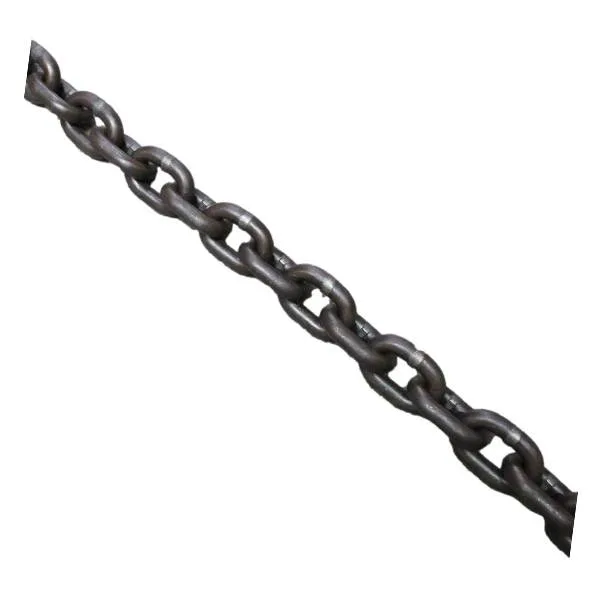
G80 chains are made of high-strength alloy steel and heat-treated for greater durability. The "G" stands for grade, and 80 represents the minimum tensile strength of 80 kN per chain link. G80 chains are widely used in industrial lifting applications where medium to heavy loads must be safely managed.
What is a G100 Chain?
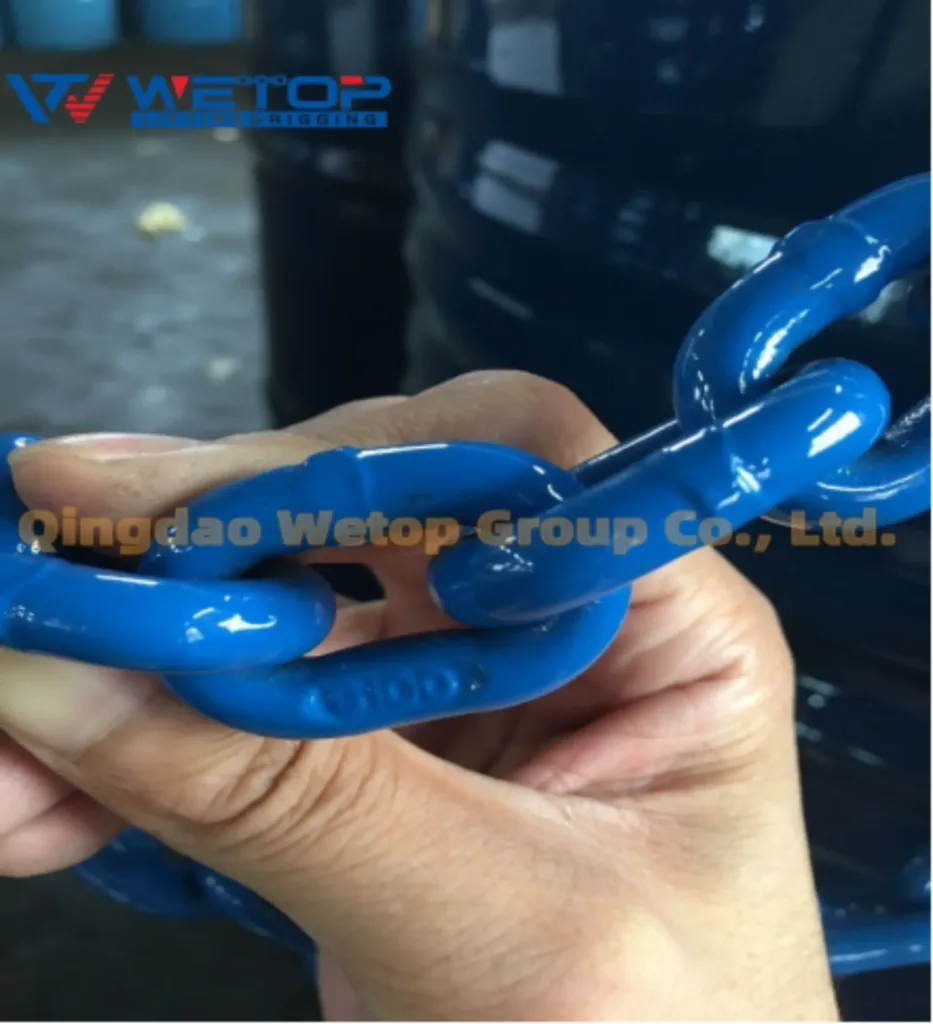
G100 chains are an improved version of G80 chains, offering a higher tensile strength of 100 kN per link. These chains are also made of high-strength alloy steel but incorporate additional elements such as nickel, chromium, and manganese to provide greater durability and load capacity.
Applications of G80 and G100 Chains
Applications of G80 Chain
G80 chains are robust and versatile, making them suitable for various industries:
- Construction: Lifting steel beams, concrete blocks, and heavy machinery.
- Offshore: Used in anchor chains and mooring systems.
- Mining: Handling and lifting mining equipment.
- Logistics and Storage: Handling cargo, lifting and securing loads.
- Agriculture and Forestry: Used for wood cutting and agricultural equipment, load securing, and towing operations.
Applications of the G100 Chain
G100 chains offer greater strength and improved load capacity, making them ideal for:
- Heavy Lift: Industrial elevation in construction, mining, and manufacturing.
- Offshore: Tie-down systems and anchor chains for oil platforms and ships.
- Cranes and Hoists: Lifting of extremely heavy objects in industrial environments.
- Automotive, Aerospace: Used for lifting aircraft components and heavy machinery parts.
- Military and Defense: Frequently used in high-load applications that require superior security.
Main Differences between G80 and G100 Chains
| Feature | Chain G80 | G100 Current |
|---|---|---|
| Resistance | 80 kN per elo | 100 kN per thread |
| Material | Alloy steel (20Mn2 25MnV) | High-strength alloy steel (8620D) |
| Capacidade de Carga | 500 kg – 63,000 kg | 600 kg – 39,300 kg |
| Diameter | 4 mm – 45 mm | 4 mm – 32 mm |
| Surface | Natural cork, black oxidized finish, plastic powder coating, black electrophoresis | Natural cork, black oxidized finish, plastic powder coating, black/blue-black electrophoresis |
| Packaging Method | Steel drum, plastic drum, wooden box | Steel drum, plastic drum, wooden box |
| Custo | More affordable | More expensive due to higher resistance |
Choosing the Right Chain for Your Needs
- For general lifting and safe load handling, G80 chains are a reliable choice.
- For extremely heavy loads that require extra strength and durability, G100 chains are preferable.
- For maritime and offshore applications, both chains can be used, but the G100 offers better performance under high load conditions.
- Cranes, hoists, and heavy machinery lifting benefit most from G100 chains due to their higher load capacity.
- Projects with budget constraints can opt for G80 chains as a more economical solution, without compromising safety.
Industry Standards and Certifications
To ensure safety, G80 and G100 chains must comply with international regulations:
- ISO 3076: Specifies the performance requirements for welded lifting chains.
- DIN EN 818-2: European standard for grade 8 and grade 10 lifting chains.
- NACM1996/ NACM2010/ NACM2016: American safety standards for lifting chains.
- DIN 5687/DIN 5688: German standards for quality and load capacity requirements.
Maintenance and Safety Tips for G80 and G100 Chains
To ensure longevity and optimal performance, proper maintenance is essential:
- Inspeções Regulares: Check all links for proof load testing and random breaking load testing. Inspect them before use, checking for cracks, wear, or deformations.
- Lubrificação: Apply anti-corrosive grease to prevent rust.
- Armazenamento: Store the chains in a dry and clean environment to avoid damage.
For more details about rigging shackles, you can consult our Rigging Shackle Guide.
Storing the chains in a dry and controlled environment is crucial to avoid damage caused by moisture.
- Proper Handling of Cargo: Always respect the Working Load Limit (WLL) of the chain to ensure safety.
- Replacement: Immediate replacement is necessary upon detecting any damage in order to prevent accidents.
Conclusion
G80 and G100 chains are essential in lifting, hoisting, and securing heavy loads. G80 chains balance strength and flexibility, while G100 chains are more suitable for heavy and demanding tasks. Selecting the right chain is crucial to ensure efficiency, safety, and reliability in various industrial environments. For applications requiring maximum strength, durability, and higher safety, G100 chains are the ideal choice. G80 chains, on the other hand, offer a versatile and economical solution for everyday lifting needs.
By understanding these differences, applications, and industry standards, companies can make informed decisions that optimize safety and performance in their lifting operations.
As hqlifting, we are a professional manufacturer of short link lifting chains G80/G100. With advanced production technology, we ensure the high quality and efficiency of our products. We provide products with stable quality and competitive prices. By cooperating with hqlifting, you rely on a trustworthy supplier dedicated to supporting and driving the development of your business.
Share:

June Han /founder and designer
The co-founder of Hqlifting, sales director, amateur writer about fitness business

